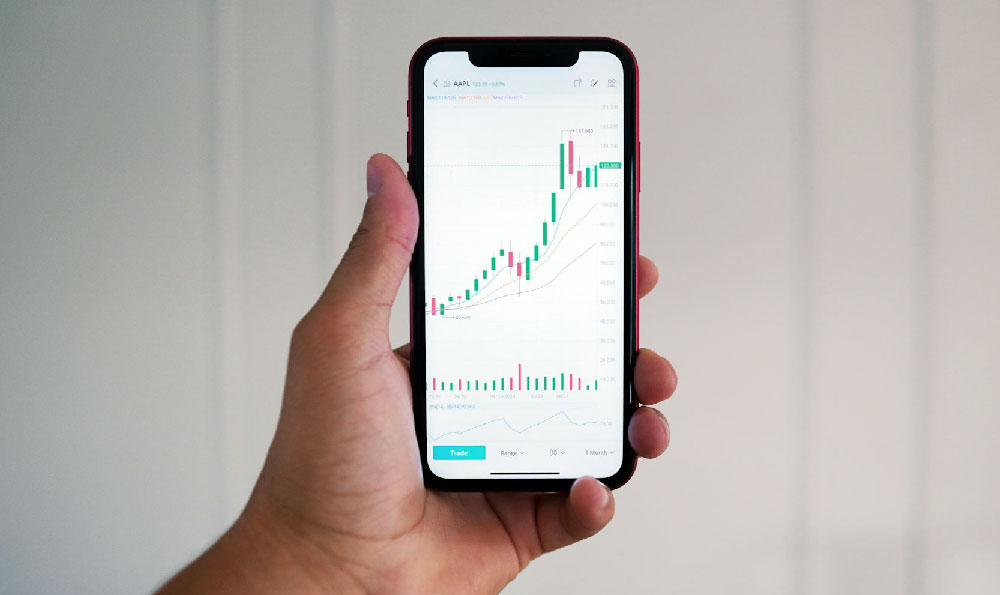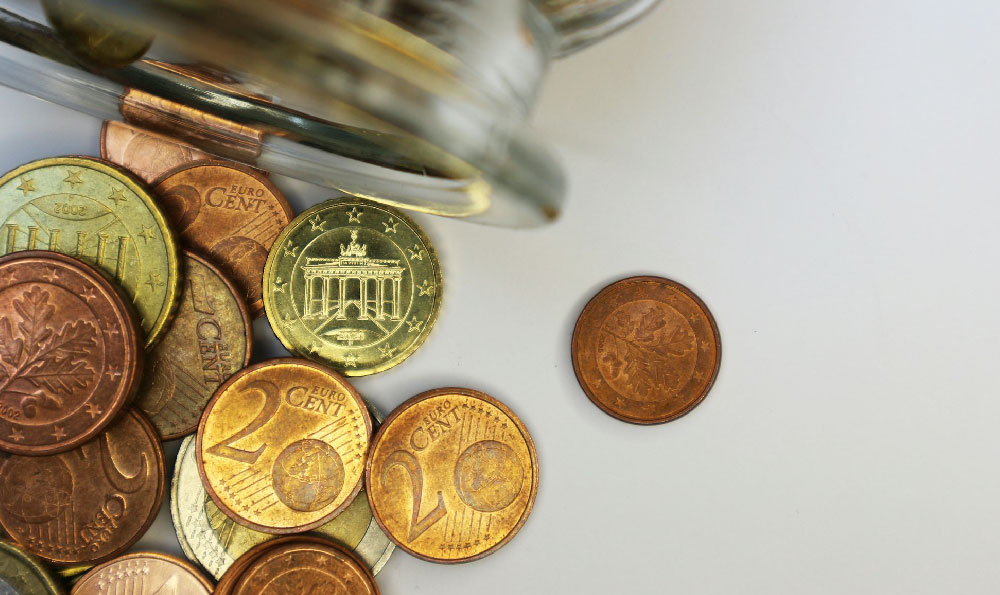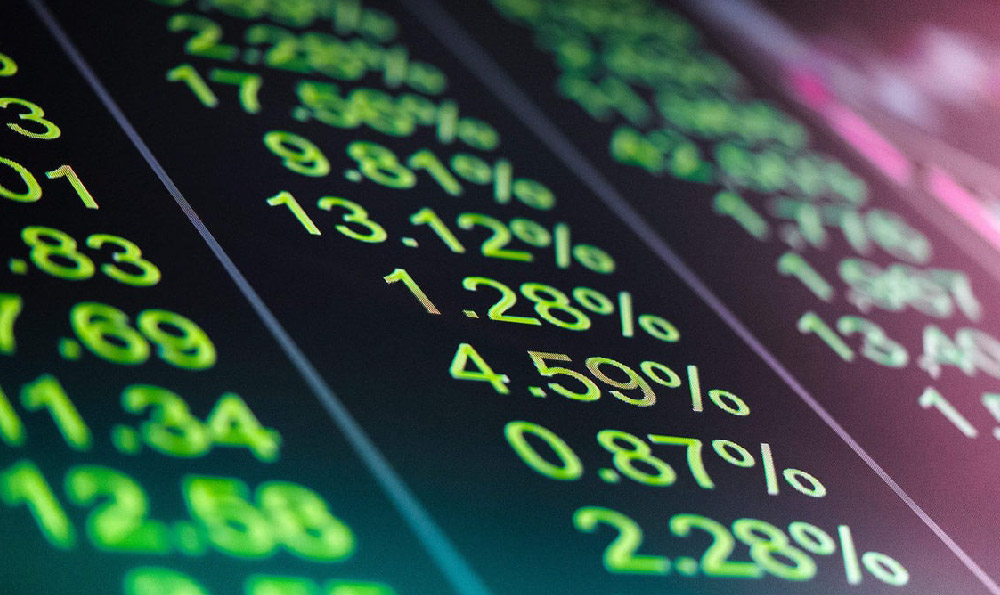Is Binance Safe? What are the Risks of Using Binance Exchange?
Binance: Navigating the World's Largest Cryptocurrency Exchange
Binance, the undisputed king of cryptocurrency exchanges by trading volume, has attracted millions of users globally with its vast selection of cryptocurrencies, competitive fees, and innovative features. However, the burning question remains: Is Binance safe? And what are the potential risks involved in using this platform? Let's delve into a comprehensive exploration of Binance's security measures, regulatory landscape, and the inherent risks associated with cryptocurrency trading.
Binance's Security Measures: A Multi-Layered Approach
Binance employs a multi-faceted security strategy to protect its users' funds and data. This approach includes:
-
Two-Factor Authentication (2FA): Binance strongly encourages users to enable 2FA, adding an extra layer of security beyond just a username and password. This typically involves using a time-based one-time password (TOTP) app like Google Authenticator or Authy.

-
Cold Storage: A significant portion of user funds is held in cold storage, meaning they are stored offline and inaccessible to hackers. This significantly reduces the risk of large-scale theft.
-
Address Whitelisting: Users can restrict withdrawals to only pre-approved addresses, preventing unauthorized transfers even if an account is compromised.
-
Anti-Phishing Code: Binance allows users to set up an anti-phishing code, which is included in all official Binance emails. This helps users identify and avoid phishing attempts.
-
Advanced Data Encryption: Binance employs robust encryption techniques to protect sensitive user data, both in transit and at rest.
-
Regular Security Audits: Binance undergoes regular security audits by reputable third-party firms to identify and address potential vulnerabilities.
-
Bug Bounty Program: Binance offers a bug bounty program, incentivizing security researchers to identify and report vulnerabilities in their systems.
These measures demonstrate Binance's commitment to security. However, it's crucial to understand that no system is entirely impenetrable, and risks remain.
Regulatory Scrutiny: A Global Patchwork
Binance's global expansion has been met with varying levels of regulatory scrutiny. While Binance has obtained licenses and registrations in some jurisdictions, it has faced warnings and restrictions in others. This regulatory uncertainty adds a layer of complexity and risk for users.
Some key regulatory challenges include:
-
Jurisdictional Differences: Cryptocurrency regulations vary significantly across countries. Binance's compliance requirements differ depending on the user's location, potentially affecting the services available.
-
Anti-Money Laundering (AML) and Know Your Customer (KYC) Compliance: Binance is increasingly focused on AML and KYC compliance to prevent illicit activities. Users may be required to provide personal information and undergo verification processes.
-
Potential for Regulatory Action: The evolving regulatory landscape means that Binance could face further restrictions or sanctions in the future, potentially impacting its operations and user access.
Risks of Using Binance: Beyond Security Breaches
While Binance's security measures are robust, several other risks are inherent in using the platform and cryptocurrency trading in general:
-
Market Volatility: Cryptocurrency markets are notoriously volatile. The value of cryptocurrencies can fluctuate dramatically in short periods, leading to significant losses. This is not specific to Binance but a general risk of crypto investing.
-
Account Compromise: Despite Binance's security measures, individual users can still be vulnerable to phishing attacks, malware, and other scams that can compromise their accounts.
-
Liquidation Risks: Trading with leverage on Binance carries a high risk of liquidation. If the market moves against a leveraged position, the user's funds can be automatically liquidated.
-
Smart Contract Vulnerabilities: Some of the cryptocurrencies listed on Binance rely on smart contracts, which can be vulnerable to bugs and exploits. These vulnerabilities can lead to the loss of funds.
-
** rug pulls and Scams**: Despite Binance's efforts to list legit projects, scams and rug pulls may still occur on its platform.
- Centralized Exchange Risks: Binance, as a centralized exchange, holds custody of user funds. This means that users are reliant on Binance's security and solvency. In the unlikely event of Binance's collapse, users could lose their funds.
- Inherent Risk of Cryptocurrency: Cryptocurrency carries intrinsic risks, including loss of private keys and susceptibility to hacking. As such, you could lose all your assets despite strong security from Binance.
Mitigating Risks: Protecting Yourself on Binance
While risks are inherent, users can take steps to mitigate them:
-
Enable 2FA: This is the most crucial step to protect your account from unauthorized access.
-
Use a Strong Password: Choose a unique and complex password that is not used on other websites.
-
Be Wary of Phishing: Always verify the sender of emails before clicking on links or providing personal information.
-
Use a Hardware Wallet: For long-term storage, consider transferring your cryptocurrencies to a hardware wallet, which stores your private keys offline.
-
Diversify Your Holdings: Don't put all your eggs in one basket. Diversify your cryptocurrency holdings to reduce the impact of losses.
-
Use Stop-Loss Orders: When trading, use stop-loss orders to limit potential losses.
-
Do Your Own Research (DYOR): Before investing in any cryptocurrency, conduct thorough research to understand its risks and potential rewards.
-
Start Small: Begin with small investments to gain experience and understand the risks involved before committing larger amounts.
-
Stay Informed: Keep up-to-date on the latest security threats and regulatory developments in the cryptocurrency space.
Conclusion: A Balanced Perspective
Binance is a powerful platform with many advantages, but it's essential to be aware of the potential risks. While Binance invests heavily in security, no platform is entirely risk-free. By understanding the risks and taking steps to mitigate them, users can navigate the cryptocurrency landscape more safely and responsibly. Ultimately, the safety of using Binance depends on a combination of Binance's security measures and the user's own due diligence and risk management practices. Always remember that investing in cryptocurrency involves risk, and you should only invest what you can afford to lose.















